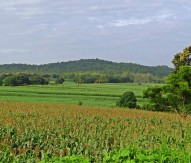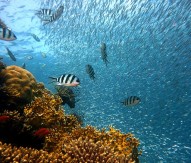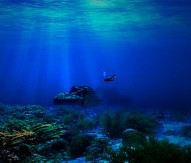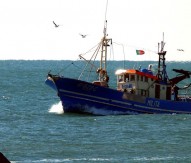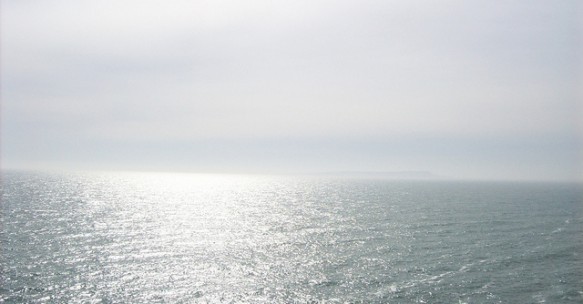
Deep-sea investigations highlight increased marine life diversity
Research into the sediment-dwelling marine life in deep-sea canyons by the UK’s National Oceanography Centre (NOC) may help to predict how marine ecosystems will respond to human disturbance of the ocean, such as deep-sea mining and trawling.
This research reveals that the marine life within deep submarine canyons is much more varied than previously thought. As part of this study, scientists from the NOC looked specifically at the variation of creatures within three branches of the Whittard Canyon, located on the Irish margin. It was discovered that there is an equally great variation between different branches of the same canyon, as between the canyon and the sea floor outside of it. This is one of the first studies to look at differences in fauna within a canyon itself. The animals being studied as part of this research were sieved out from mud cores collected from the Whittard Canyon during the NOC-led HERMIONE project.
A submarine canyon is a steep-sided valley cut into the sea floor that can be comparable in scale to the Grand Canyon, and are swept by tidal currents, internal waves and sediment flows which disrupt the canyon environment. By studying the density and composition of groups of small marine animals, such as small crustaceans, bivalves and worms, within this the highly disturbed environment, scientists were able to get a better idea of how marine ecosystems may respond to disturbances created by human intervention.
A grant from the European Research Council, along with other funding sources, will now provide the opportunity to revisit Whittard Canyon in August to carry out further habitat mapping in the canyon, using a Remotely Operated Vehicle (ROV) and Autonomous Underwater Vehicle (AUV) developed by the NOC. They will apply newly developed methodologies to create a full, three dimensional picture of the environments in which the fauna live.
Commenting on the planned investigations, chief scientist Veerle Huvenne says: “Submarine canyons are complex environments, including several sections with near vertical or even overhanging walls. Those cannot be studied using scientific equipment deployed by a cable over the side of the research ship. The ROV and AUV will allow us to map and quantify the terrain in true 3D, which will be a first for a deep-sea submarine canyon.”
The research is published in the Journal of Deep Sea Research 1.

